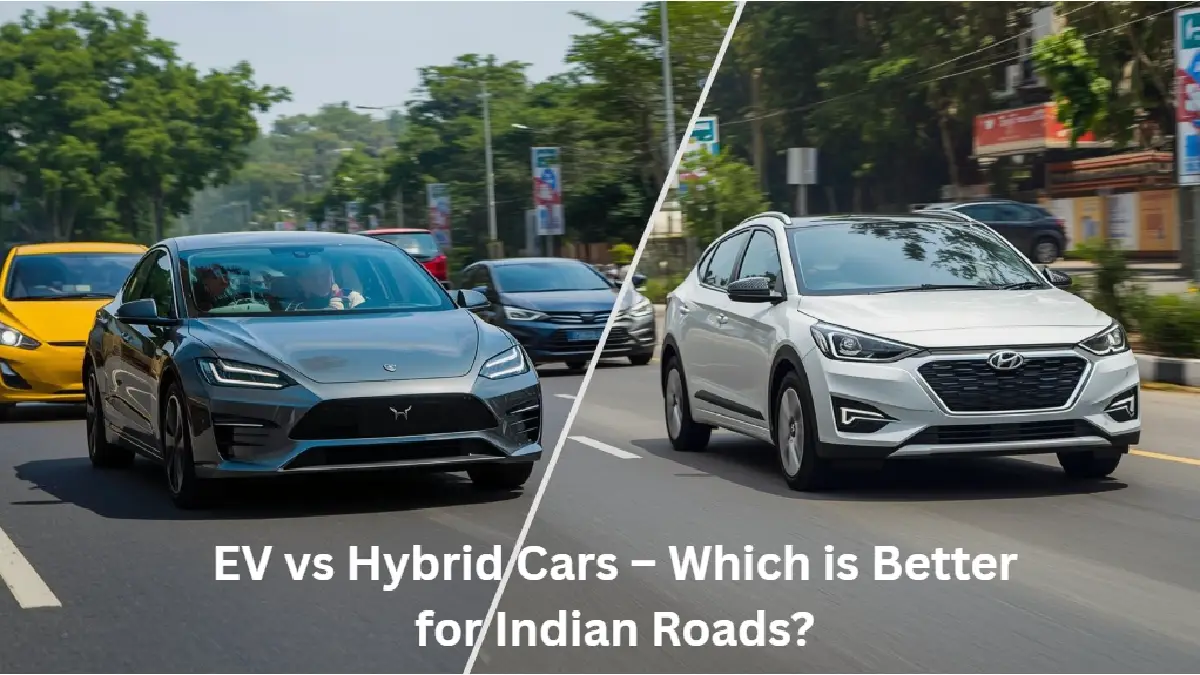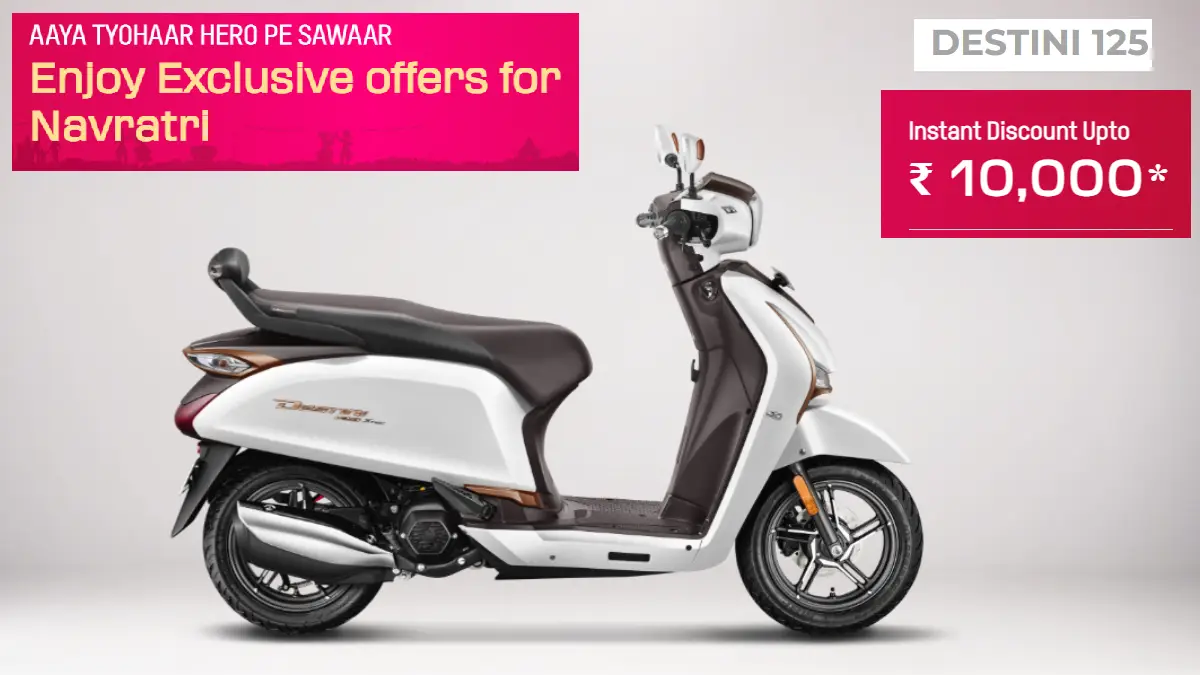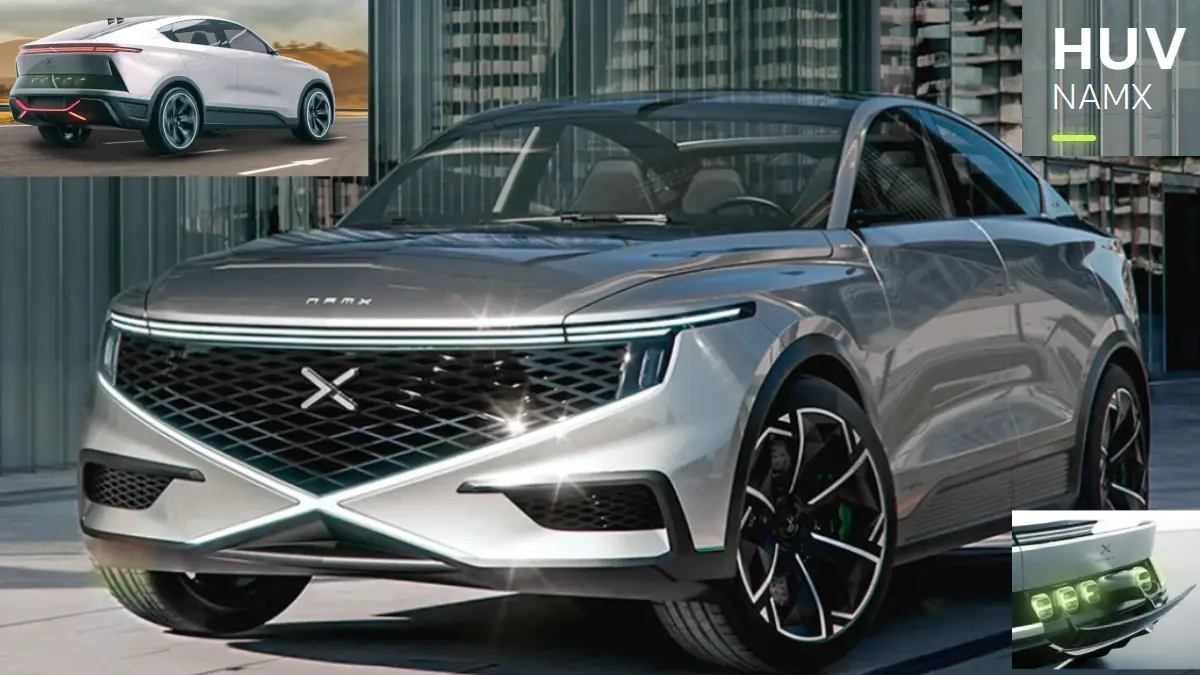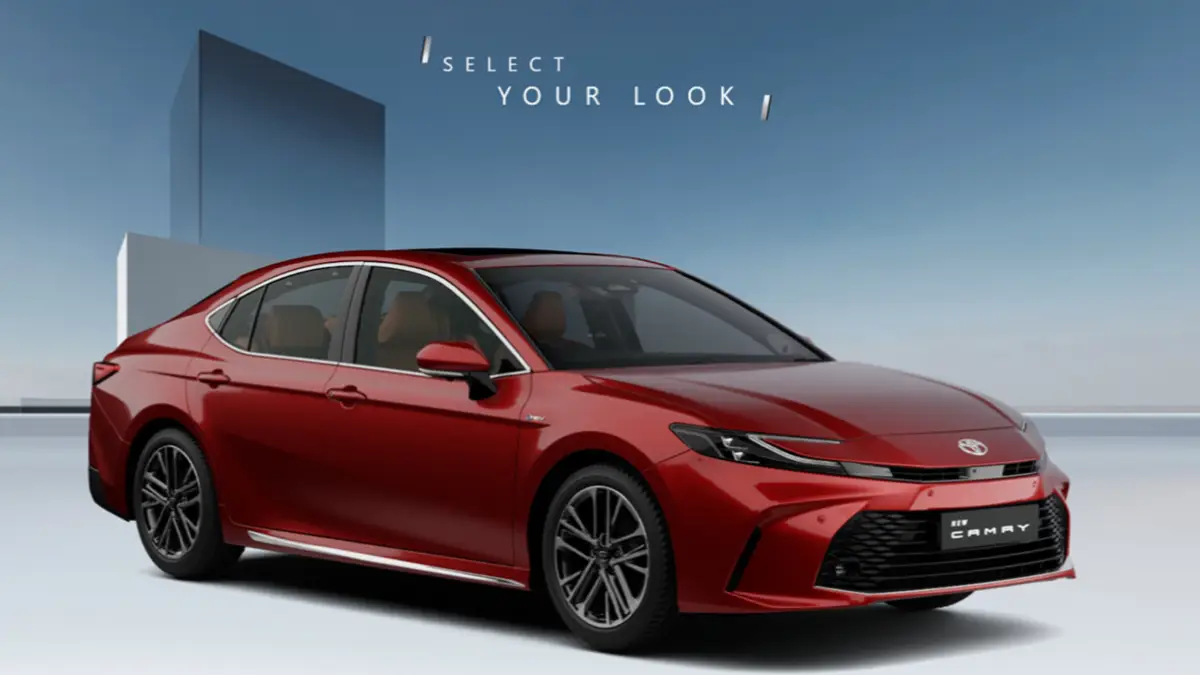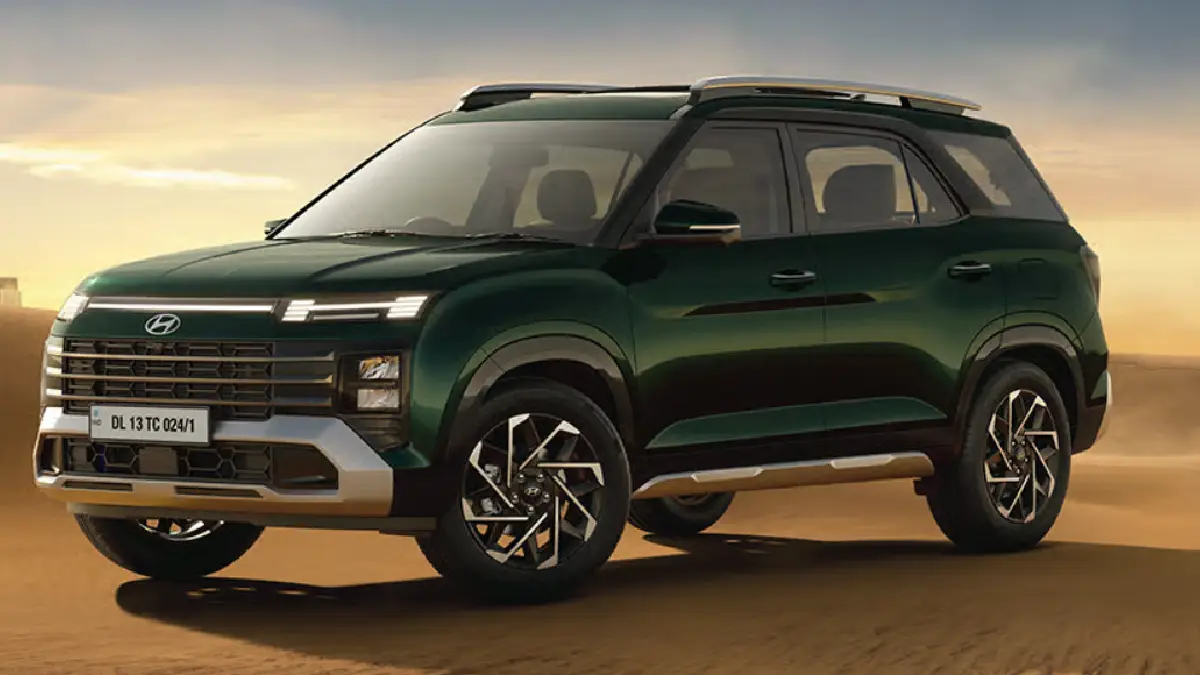EV vs Hybrid Cars : India’s roads are buzzing with change. With fuel prices climbing and a push for greener travel, car buyers are caught in a big debate: Electric Vehicles (EVs) or Hybrid Cars? Both promise eco-friendly driving, but which one suits India’s unique roads, traffic, and lifestyle better? Let’s break it down in this guide to help you decide.
What Are EVs and Hybrid Cars?
Before diving in, let’s clear up what these cars are. EVs, or electric vehicles, run entirely on electricity stored in batteries. You charge them like your phone, and they produce zero emissions while driving. Think Tata Nexon EV or MG ZS EV cars. Hybrids, on the other hand, mix a petrol engine with an electric motor. They switch between the two for better fuel efficiency and lower emissions. Examples include the Maruti Grand Vitara and Toyota Innova Hycross.
There are two types of hybrids: mild hybrids and strong hybrids. Mild hybrids assist the petrol engine but can’t run on electricity alone. Strong hybrids, like those from Toyota, can drive short distances on electric power, making them more fuel-efficient. Now, let’s see how these cars stack up for Indian roads.
Why EVs Are Gaining Traction in India
EVs cars are the talk of the town, and for good reason. They’re eco-warriors, producing no tailpipe emissions, which is a big win for India’s polluted cities. With models like the Tata Nexon EV starting at ₹14.99 lakh, EVs are becoming more affordable. Plus, the government is all in, offering a low 5% GST, road tax exemptions, and incentives like the Section 80EEB tax deduction.
Charging costs are another plus. Running an EV is cheaper than filling up a petrol tank, especially with rising fuel prices. For city drivers, EVs are quiet and smooth, perfect for stop-and-go traffic in places like Delhi or Mumbai. Tata Motors dominates the EV space with models like the Punch.ev and Curvv.ev, and their sales jumped 44% in August 2025 compared to last year.
But it’s not all smooth sailing. India’s charging infrastructure is still a work in progress. While cities like Delhi and Maharashtra are adding stations, range anxiety—worrying about running out of charge—remains real for long drives. Battery costs also make EVs pricier upfront, and replacing a battery can be expensive. Plus, India’s power grid relies heavily on coal, so EVs aren’t as “green” as they seem until cleaner energy sources grow.
Why Hybrids Are Making a Strong Case
Hybrids are stealing the spotlight too, especially strong hybrids from Maruti and Toyota. They’re a middle ground, offering 36-44% better fuel efficiency and 25-31% lower CO2 emissions than petrol cars. Hybrids don’t need charging stations—you refuel at any petrol pump, making them ideal for India’s vast highways and rural areas where EV chargers are rare.
The Maruti Grand Vitara and Toyota Hyryder, starting at ₹15.11 lakh, are popular choices. Hybrids grew 18% in sales in FY25, matching EV growth despite fewer models available. They’re perfect for buyers who want eco-friendly driving without the hassle of charging. Plus, hybrids handle India’s unpredictable roads and long-distance travel better, as they don’t rely on batteries alone.
However, hybrids face a tax hurdle. They’re slapped with a 28-43% GST, much higher than EVs’ 5%, which makes them pricier. Some states like Uttar Pradesh have waived registration fees, but high taxes still limit their appeal. Also, while hybrids cut emissions, they’re not as green as EVs since they still use petrol.
Key Factors to Consider for Indian Roads
Cost of Ownership
EVs win on running costs—electricity is cheaper than petrol, and maintenance is lower since there are fewer moving parts. But the upfront cost is high, and battery replacement can sting. Hybrids cost less initially than EVs but more than petrol cars, and their fuel savings depend on driving habits. For high-mileage drivers, hybrids can be a budget-friendly choice.
Infrastructure and Convenience
India’s 2.8 million EVs show growing adoption, but charging stations are mostly in cities. If you live in an apartment or travel long distances, hybrids are easier since they use regular fuel stations. For urban drivers with home charging, EVs are hassle-free.
Driving Conditions
India’s roads are a mixed bag—potholes, traffic jams, and long highways. EVs shine in city traffic with instant torque and smooth drives. Hybrids are better for mixed driving, especially long trips, as they combine petrol range with electric efficiency. If you’re in a rural area, hybrids are the safer bet due to limited charging options.
Environmental Impact
EVs are cleaner at the tailpipe, but India’s coal-heavy grid means their overall emissions depend on how electricity is generated. Hybrids reduce emissions compared to petrol cars but can’t match EVs’ zero-emission potential. HSBC Research notes hybrids currently have lower lifetime emissions due to India’s grid, but EVs could catch up as renewable energy grows.
Which Should You Choose in 2025?
It depends on your lifestyle. If you’re a city dweller with access to charging and want the greenest option, EVs like the Tata Nexon EV are a solid pick. They’re cheaper to run and backed by government incentives. If you drive long distances or live where chargers are scarce, hybrids like the Maruti Grand Vitara offer flexibility and fuel savings without the range anxiety.
By 2030, India aims for 30% of new car sales to be EVs, but hybrids are expected to grow too, especially in utility vehicles. Both are steps toward a greener future, but hybrids seem to have an edge for now due to India’s infrastructure and tax policies. As charging networks expand and battery tech improves, EVs might take the lead.
Choosing between an EV and a hybrid in 2025 comes down to your needs, budget, and where you drive. EVs are the future, but hybrids are a practical bridge for India’s roads today. Test-drive both, check your local charging options, and weigh the costs. Whether you go electric or hybrid, you’re making a smarter choice for the planet and your wallet.

